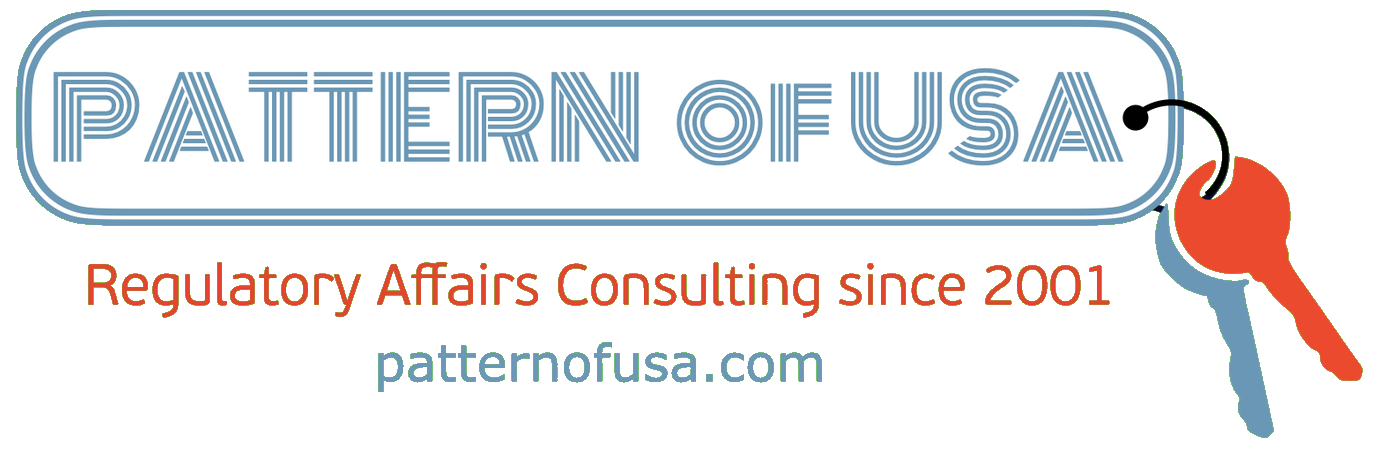Novartis Invests as Much as 5 Million to Strengthen Its Position in the Competitive Radiopharmaceutical Market


Novartis has secured an agreement valued at up to 5 million with Ratio Therapeutics for a radiopharmaceutical intended to strengthen its portfolio against competitors such as Bristol Myers Squibb and Eli Lilly.
As disclosed by Ratio on Monday, the partnership involves collaboration on the preclinical development of a radiotherapeutic candidate that specifically targets somatostatin receptor 2 (SSTR2). Following candidate selection by Novartis, the company will take charge of the subsequent development, manufacturing, and commercialization phases.
This agreement includes an undisclosed upfront payment and could total 5 million, in addition to potential royalties based on achieving various milestones. This investment secures Novartis a new candidate amidst potential competition from other radiopharmaceuticals currently in clinical studies.
Novartis’ radiopharmaceutical Lutathera, which received its first approval in 2018, utilizes a compound that binds to SSTR2. This receptor is notably overexpressed in gastroenteropancreatic neuroendocrine tumors, allowing companies to deliver radioactive isotopes to cancer cells while minimizing harm to healthy tissue. Over the first nine months of 2024, Lutathera generated 4 million in revenue, reflecting a 17% increase compared to the same timeframe in the previous year.
Despite this success, many patients treated with Lutathera eventually experience progression of their illness, leading to a scarcity of available treatment options. This scenario has heightened interest in developing more efficient alternatives to Lutathera, particularly for patients who have relapsed and for expanding applications of SSTR2-targeting drugs into new treatment areas.
Bristol Myers Squibb and Eli Lilly have both made acquisitions in the SSTR2 radiopharmaceutical space through their purchases of RayzeBio and Point Biopharma, respectively. Additionally, Perspective Therapeutics is actively developing a candidate that targets SSTR2. Both Lutathera and Lilly’s PNT2003 leverage the beta-emitter lutetium-177, while BMS and Perspective are focusing on alpha-emitters actinium-225 and lead-212, respectively.
Ratio’s announcement did not clarify what type of payload will be utilized for the Novartis project. The biotech’s internal pipeline features both lutetium-177 and actinium-225, with a particular emphasis on the latter within its technology frameworks. Actinium-225 has the advantage of emitting more energy than beta therapies like lutetium-177, potentially enhancing its efficacy against tumor cells.
The selection of radiation source is one of several strategies developers may employ to differentiate their candidates. Additionally, the efficacy of targeting molecules and linker technologies plays a crucial role, affecting how the payload is absorbed by tumors and how quickly the isotope clears from healthy tissues. These elements are significant in determining efficacy, safety, and tolerability, which could influence which candidates succeed in this potentially competitive market.
